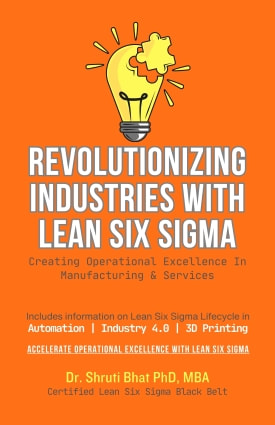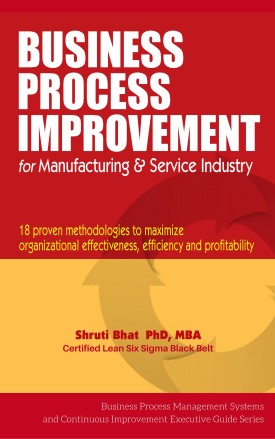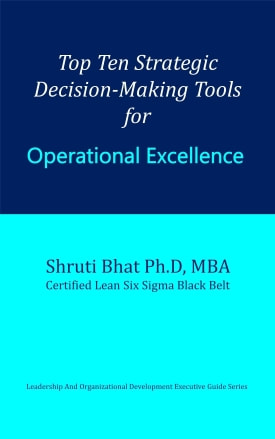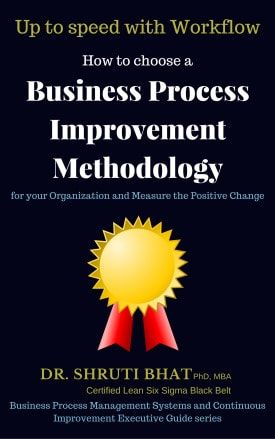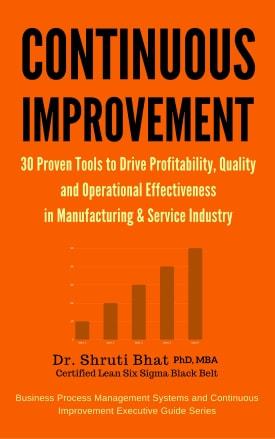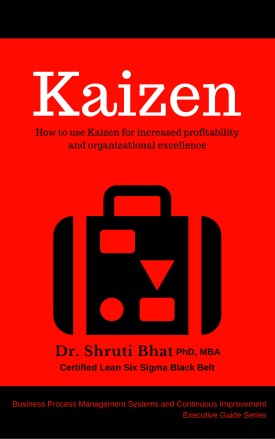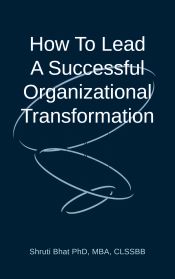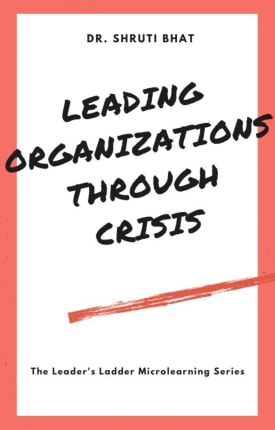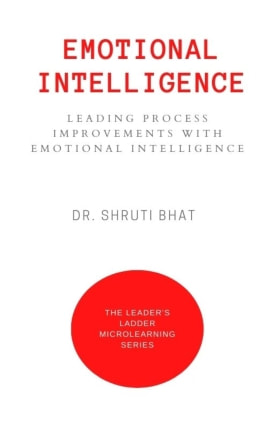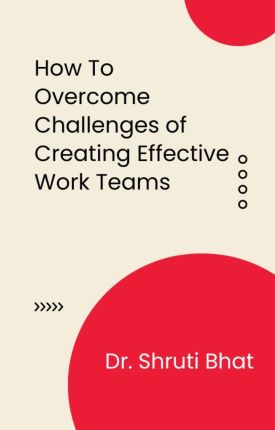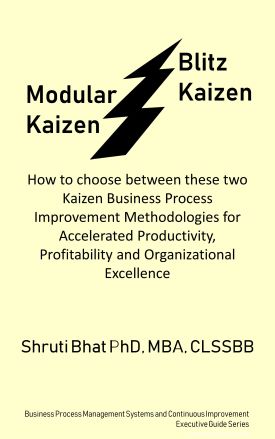Published statistics mentions that as many as 70-90% M&As fail. Few common causes of M&A failures are- Value destruction, poor communication and integration, and cultural differences. If these issues are not addressed, it can be very difficult to make a merger or acquisition a success.
Broadly, there three main types of mergers- horizontal mergers which increase market share, vertical mergers which exploit existing synergies and concentric mergers which expand the product offering.
The fundamental objective underlying any M&A deal is to increase profit and operational excellence plays a vital part in achieving this objective. In this post, I shall highlight how to improve operational efficiency post mergers and acquisitions.
Staged optimization is the best way to improve operational efficiency post mergers and acquisitions
The process of integrating a company after a merger can be difficult. People at both companies will experience a range of emotions. They will have to adjust to different leadership styles and new operating practices. If not handled well, these problems can derail an entire operation.
Post-mergers, companies must think about their future goals, objectives, and designs. The merger provides a unique opportunity to shed legacy habits and adopt new, leaner ways of working. While the integration process does not begin until after the merger closes, companies can start thinking about the process as early as possible. During this stage, the operating teams can assess areas of potential difficulty and focus on how to address these challenges.
The best way to integrate post-mergers and acquisitions is to adopt a staged approach. The first stage is the integration process, which lasts about six to eight months. Staged optimization is critical for maximizing planned value creation, but most organizations fail to put enough emphasis on this stage of the integration process. As a result, many M&A deals fail to achieve their full potential.
When it comes to sourcing and manufacturing efficiencies, companies should look at the assets of the acquired companies holistically. While the acquired assets may have evolved incrementally, the buyer likely acquired assets with similar production capabilities. In some cases, it is more beneficial to close redundant manufacturing facilities or reduce fixed costs. Such changes can make a difference to the overall efficiency of operations.
Alignment on the top-level structure
Alignment on the top-level structure can be helpful in integrating a business that has undergone a merger or acquisition. The alignment on the top-level structure should be in alignment with the goals and objectives of the merger or acquisition. It is important to consider the value-creation thesis and the priorities of the top-level leadership team. For example, if the acquiring organization believes that the key to its long-term success is opening the Asian market, the leaders may choose to implement a global business unit and treat Asia as one large market rather than breaking it up into regions.
Creating an alignment process ensures that the leadership team understands what is expected of them and how to get there. It is also crucial that the leadership team is aligned on an end-state model of the new company. This process will involve various interim steps, each of which has specific elements.
Alignment on the top-level structure should be led by the combined company's CEO. Alignment should be defined in terms of current-state operating models and end-state operating models. In addition, all levers of organizational design shape a company's value stream.
Alignment on the top-level structure is critical to ensuring the smooth transition of the newly merged business. The strategy must be clear and communicated clearly to the new owners and employees. The changes must be made as quickly as possible, as employees will want stability during the transition. Additionally, the integration of the culture and people should be carefully considered.
Employing strategic change management models help such transitions in a big way. There are more than fifteen time-tested change models catering to organizational change. You can know more about them here.
Clear strategic direction
One of the key challenges of a merger is establishing a clear strategic direction and vision for the combined entity. Typically, this is difficult if the purpose of the merger is to increase revenue or scale. Nevertheless, clear strategic direction can improve operational efficiency, and it can also create synergies between the two companies.
Clear strategic direction can also help ease the transition process and improve post-merger productivity and retention. It will provide perspective and objectivity to the new management team and reinforce the importance of continued performance. Merger integration is an ongoing process, and it is imperative to establish the fundamentals of this effort early. This will avoid major disruptions of business operations and ensure a successful integration process.
Mergers and acquisitions happen quickly, and leadership teams must be prepared to make decisions with limited information. Due diligence and deal analysis will help fill in the gaps. This baselining work can also extend into step two. The team should understand the value of each company, what balance of capabilities will be needed to capture maximum value, and what the future company can promise.
The combined company's leadership team should lead the creation of a new operating model design. The design principles will vary depending on the size and context of the new organization. For example, a smaller company might opt to add only a few principles to its current model.
While mergers often produce winners and losers, they can also provide an opportunity to eliminate performance-constricting practices and policies. Management teams often cut costs without understanding the processes that drive costs. They mistakenly assume that synergies will justify the premium that they paid for the deal. Unfortunately, this approach can erode the ability of organizations to capture deal value.
Continuity during mergers and acquisitions
Continuity during mergers and acquisition activities can help organizations realize economies of scale, as two firms become stronger and more productive when merged. By pooling resources, businesses can benefit from improved access to capital, improved bargaining power in the market, and increased volume production.
During a merger or acquisition, companies should develop an effective business continuity management framework, incorporating the best practices of the merging companies. They should also hire a consultant to help them assess their current situation and devise interim measures to shore up their environment.
Once an organization has made an informed decision to implement a business continuity plan, it must test the plan thoroughly and train the team. The members of the team should participate in exercises that go through the plan in detail. Companies may also want to create a checklist of key details, such as key contacts, resources and backup data.
A robust communication plan is essential for promoting business continuity. It reinforces the right messages and minimizes employee anxiety. It also ensures the retention of key employees and boosts morale. It also conveys the vision and strategy of the combined organization to its stakeholders. Moreover, it helps in building momentum for the merger.
Importance of digital assets
Digital asset management is a crucial component of merger and acquisition processes. During these processes, digital assets are an important part of the rebranding process, which involves updating the company's logo and website and integrating data from the acquired company. Content and company messaging are also revamped to reflect the new identity.
An acquisition may also help a company gain a foothold in a new market or geographic area. A diversified company with a strong digital asset base may have the ability to further strengthen its position by acquiring additional digital assets. For example, a hardware company may choose to purchase an asset that has a strong regional customer base, in order to strengthen its position.
Digital assets are increasingly important in post-merger integration, a process that has become more complex and crucial than ever. These assets can help companies streamline processes and automate operations, reducing operational overhead while enabling employees to thrive. It is imperative to create a strong strategy for digital M&A.
Before deploying a digital solution, CFOs should assess the technology for its potential impact on the M&A process. In addition, they should consider whether it fits in with the larger strategic approach and whether it raises security concerns. Using a business impact assessment methodology, CFOs should evaluate each digital tool across three critical dimensions that is- Enhanced insights, customer reach and business impact.
Read about how continuous improvement helps to beat M&A blues, here.
- Continuous Improvement to beat M&A blues
- Top Ten Strategic Decision-Making Tools for Operational Excellence
- How to cut costs strategically using Kaizen
- Top 30 Continuous Improvement Tools
- Top 10 Change Management models
Follow Shruti on Twitter, Facebook, YouTube, LinkedIn
Categories: Operational Excellence | Continuous Improvement
Keywords and Tags:
#continuousimprovement #OpEx #operationalexcellence #mergersandacquisitions #zeesonymerger #shawrogersacquisition #nuancemicrosoftacquisition #organizationalchange #changemanagementmodels



